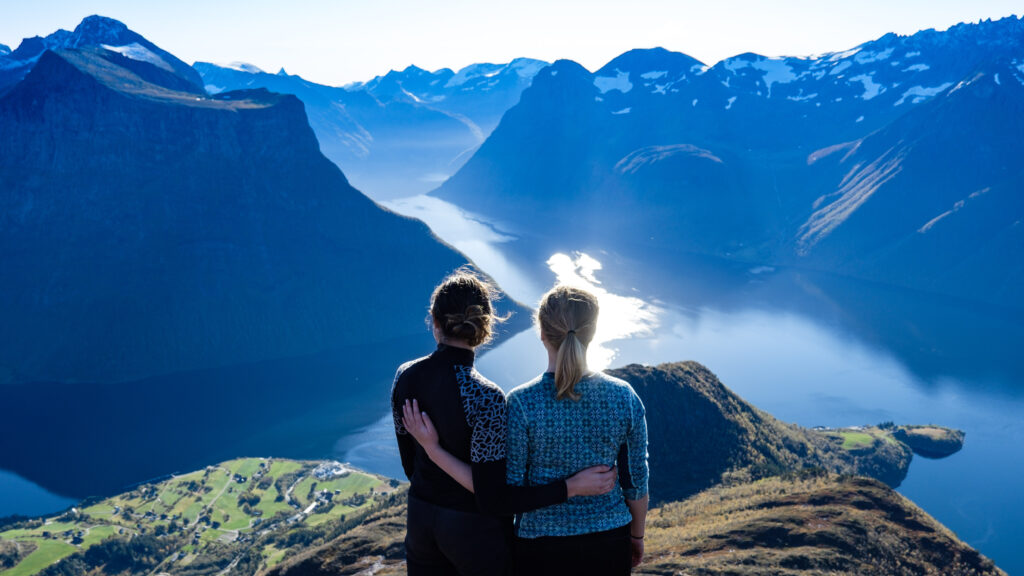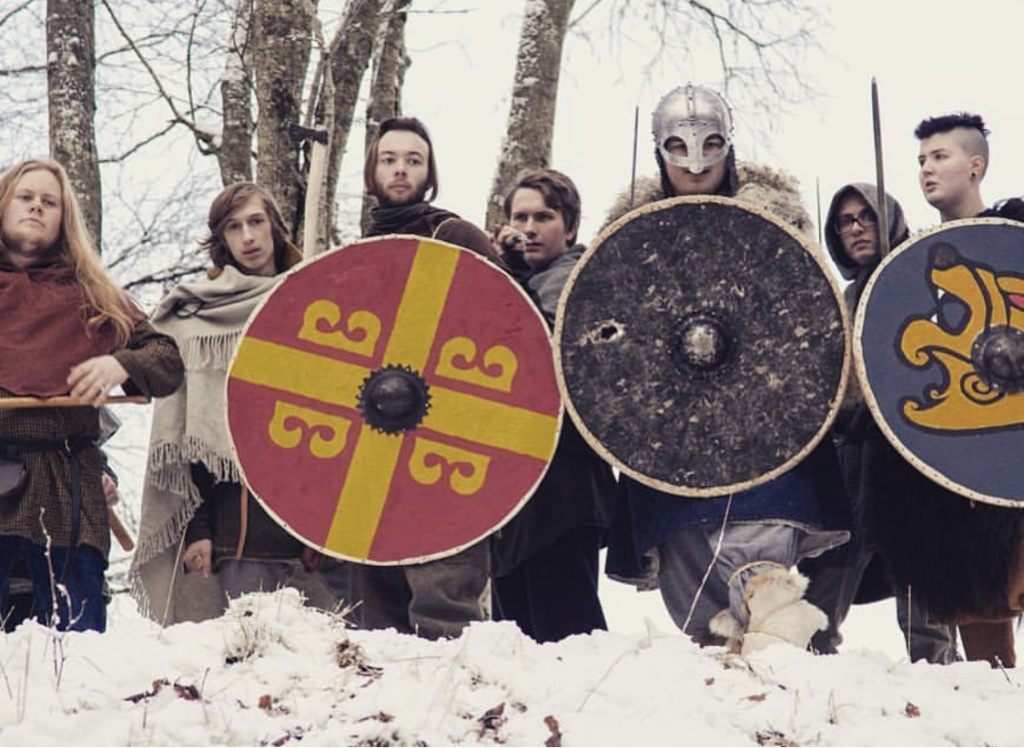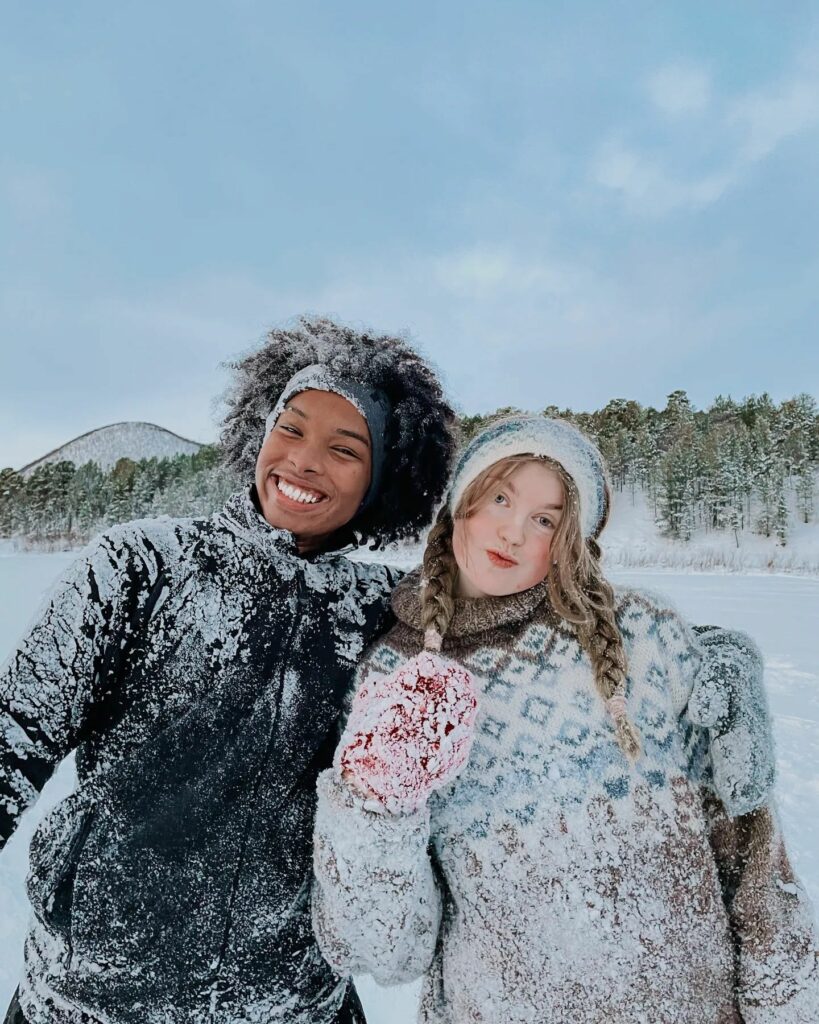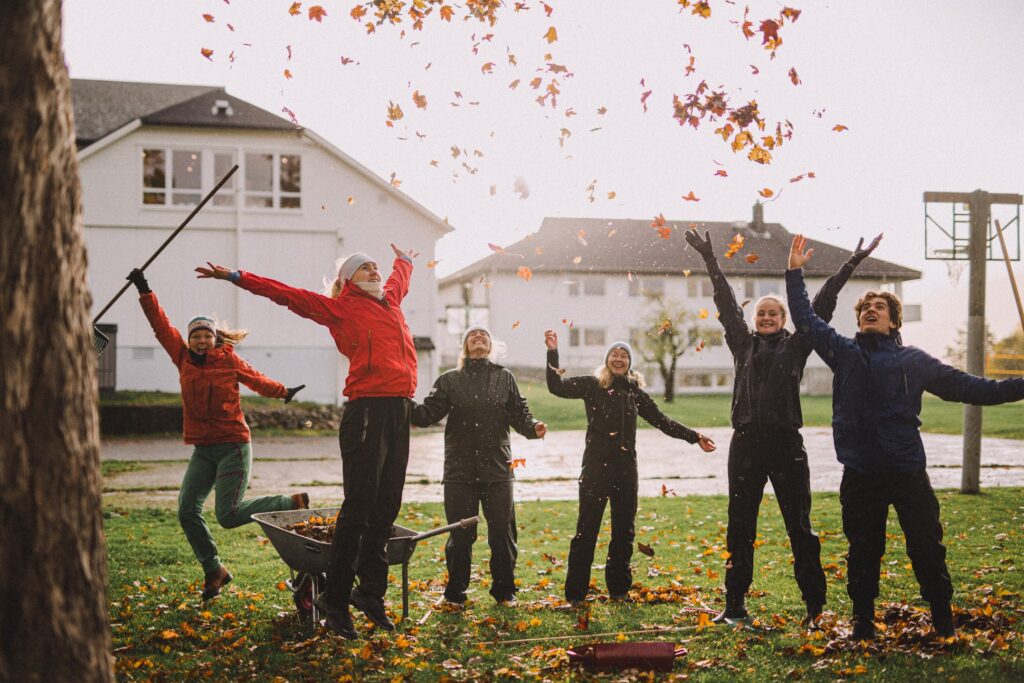About Norway
Norway is situated in Northern Europe and is a part of Scandinavia and the Nordic countries. Norway is the “Land of the Midnight Sun” in the summer and the home of the Northern Lights in the winter.
Geography
Norway is a long and very sparsely populated country far to the north of Europe. The climate varies immensely from the south of Norway to Svalbard in the North, but visitors from warmer climates usually find the Norwegian climate to be chilly, even in the south.
Norway has lots of high mountains, deep fjords and spectacular views.

Photo: Ålesund folkehøgskole
Population
Norway has 5.4 million inhabitants. The capital of Norway is Oslo, with about 640,000 inhabitants.
Languages
The official languages of Norway are the two Norwegian languages: bokmål and nynorsk, as well as the Sami languages. Most Norwegians also understand and speak English and, to some extent, other foreign languages.
The Norwegian languages are Germanic languages and are closely related to Swedish and Danish, but nynorsk in particular also shares traits with Icelandic.
The Sami languages are Uralic languages and are related to Finnish.
Norway also recognises several other languages as official regional or minority languages.
History
Norway is a young monarchy with old roots.
Norway’s Viking past is well-known. Harald Fairhair is considered the to have been the first king of Norway and was crowned in 890 AD. In 1397, Norway became part of a Nordic union. In 1536, the country became part of Denmark and remained so until its 1814 unification with Sweden.
In 1905, Norway finally gained its independence. Following a general election, Norway chose a Danish prince as the new king of the nascent kingdom.
In the 20th century, Norway found wealth in the North Sea. A large portion of the money earned from the oil and gas finds is saved in a fund earmarked for use by the Norwegian people, in both the near and distant future.

Photo: Fjordane Folkehøgskule
Weather
Since Norway is such a long country, the weather varies quite a lot between the different parts of the county. The climate is harsher in the north than in the south. There is usually more rain and wind along the coastline, whereas areas further inland may have colder temperatures in the winter.
The weather is a popular topic to discuss among friends and family, and the general view in Norway is:
“There’s no such thing as bad weather, only a poor choice of clothes”
When you live in Norway, warm clothes are essential. That doesn’t necessarily mean thick and heavy clothes. The trick to living in Norway without getting cold is to dress in layers and to use wool and other fabrics that will keep you warm.

Photo: Pasvik Folkehøgskole
Politics
Norway is a member of the EEA and a part of the Schengen agreement, but has never been a member of the EU. Norway has been a member of NATO since 1949.
Norway is a modern welfare state and a constitutional monarchy. Norway has a multi-party structure in which more than ten parties run for elections and often form governments together in coalitions.
Norway has a high level of social security and free or cheap public services, including high-quality medical and educational services.
The Norwegian education system
Most Norwegian children make use of inexpensive public childcare from the age of one. From the age of six to sixteen, they attend public school. At the age of sixteen they can choose between vocational or general studies in high school, which lasts three to four years.
After high school, Norwegian students can choose to attend a university or college, vocational college, or a folk high school.
Most Norwegian higher education is free, even to non-Norwegians. The Norwegian state pays for the classes at the folk high schools, but the students must pay for their room and board, school trips and other expenses themselves. This is all included in the price of a school year.

Photo: Rebecca Boyesen